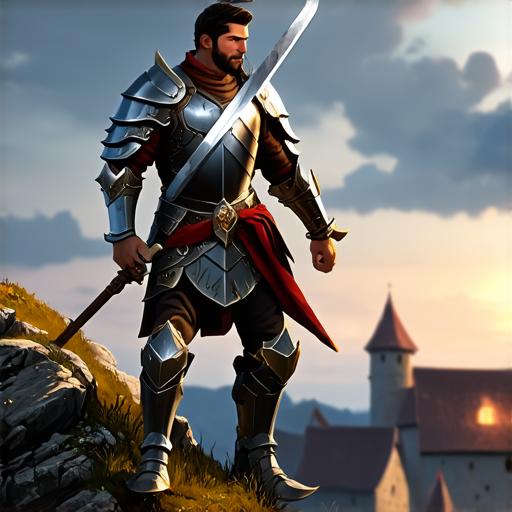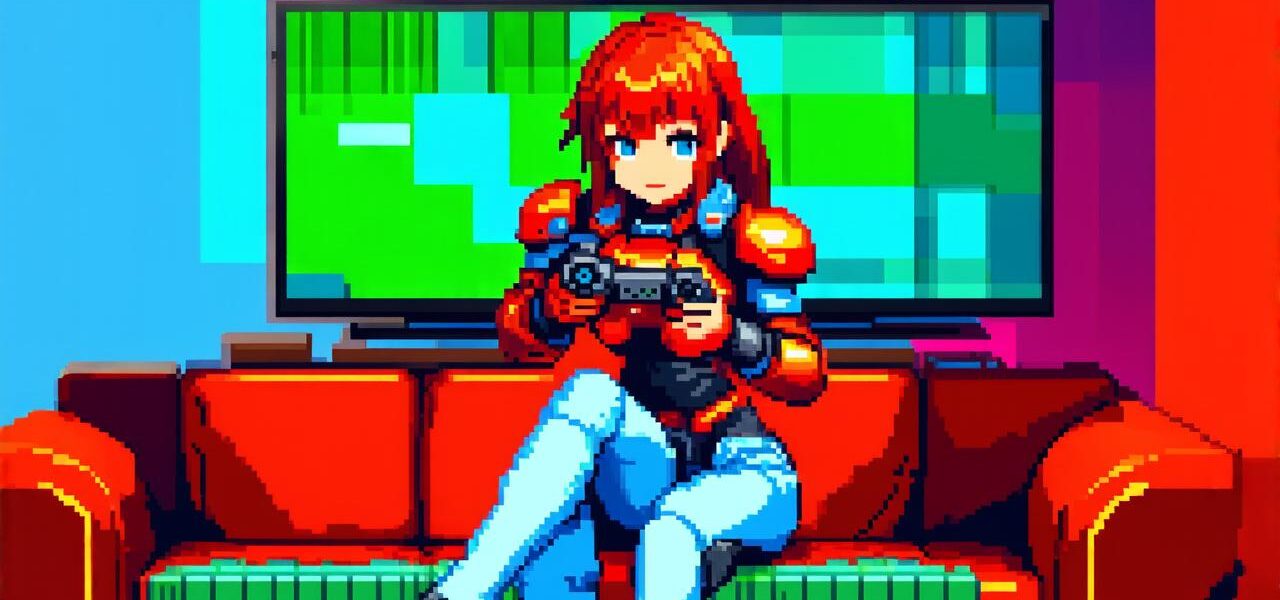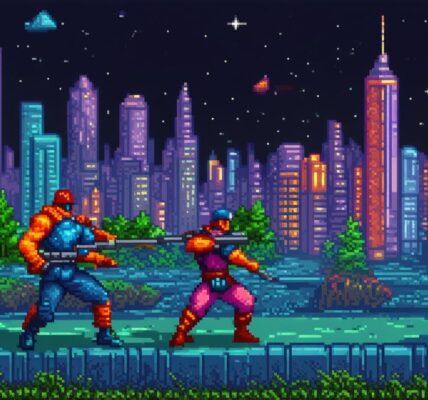Table of Contents
- Why Draw Video Game Characters?
- Anatomy and Proportion
- Color Theory
- Styling and Texture
- Software Tools
- Practice, Practice, Practice
- Real-Life Examples
- Conclusion
Why Draw Video Game Characters?
Video game characters are an essential part of any game. They give players a sense of immersion and help them connect with the story and world of the game. Moreover, well-designed characters can make or break a game’s success. In this section, we will explore some of the reasons why it is crucial to draw video game characters.

Anatomy and Proportion
Before we dive into the world of drawing video game characters, let’s first explore the basics of anatomy and proportion. Anatomy refers to the structure of the human body, while proportion refers to the relationship between different parts of the body.
Basic Principles of Anatomy
To create realistic and believable characters, it’s crucial to understand the basic principles of anatomy. These include:
- Skeleton: The skeleton provides support for the body and holds the muscles in place.
- Muscles: Muscles give the body movement and define its shape.
- Skin: Skin covers the body and protects it from the outside environment.
- Organs: Organs, such as the heart and lungs, are essential for the character’s health and functionality.
Basic Principles of Proportion
Proportion refers to the relationship between different parts of the body. To create balanced and visually appealing characters, it’s crucial to keep in mind some of the key principles of proportion, including:
- Golden Ratio: The golden ratio is a mathematical formula that can be used to create aesthetically pleasing proportions. It’s based on the relationship between two quantities such that their ratio approximates the ratio of 1.61803398875 to 1.
- Symmetry: Symmetry is the balance of parts around a central point. When drawing characters, it’s important to consider symmetry and how it can be used to create balance and harmony in the design.
- Proportion of Body Parts: The proportion of body parts is essential for creating realistic characters. It’s important to pay attention to the size and shape of different parts of the body, such as the head, torso, arms, and legs.
Color Theory
Color theory refers to the principles of using color in art. In this section, we will explore some of the key principles of color theory that you should keep in mind when drawing video game characters.
Color Psychology
Colors have different psychological meanings and can be used to convey emotions and moods in your characters. Some common associations with colors include:
- Red: Red is often associated with passion, power, and anger. It’s a bold and attention-grabbing color that can be used to create dynamic characters.
- Blue: Blue is often associated with calmness, stability, and trustworthiness. It’s a versatile color that can be used to create both friendly and serious characters.
- Yellow: Yellow is often associated with happiness, optimism, and energy. It’s a bright and cheerful color that can be used to create lively and playful characters.
Color Schemes
When drawing video game characters, it’s important to consider the overall color scheme of the scene. Some common color schemes include:
- Monochromatic: A monochromatic color scheme uses variations of a single color.
- Complementary: Complementary color schemes use colors that are opposite each other on the color wheel, such as blue and orange or red and green.
- Triadic: Triadic color schemes use three colors evenly spaced around the color wheel, such as red, yellow, and blue.
Drawing Video Game Characters
Now that we have explored some of the basics of anatomy, proportion, color theory, styling, and texture, it’s time to start drawing some video game characters! In this section, we will provide a step-by-step guide to help you create your own characters.
Step 1: Sketching
The first step in drawing any character is to sketch out the basic outline. This can include the head, torso, arms, and legs, as well as any other major features that you want to include. It’s important to keep your lines loose and fluid at this stage, so you can easily make adjustments later on.
Step 2: Proportions
Once you have a basic outline, it’s time to focus on the proportions of your character. This includes making sure that the head is in the right location on the body, and that the arms and legs are the right size and shape. You can use a ruler or grid paper to help you achieve accurate proportions.
Step 3: Anatomy
With your basic outline and proportions in place, it’s time to start adding some details to your character. This includes defining the skeleton, muscles, skin, and organs. You can use reference images or observe a live model to help you create realistic anatomy.
Step 4: Color
Now that you have a solid understanding of your character’s anatomy, it’s time to start thinking about color. Consider the mood and emotions you want to convey with your character, and choose colors accordingly. You can also experiment with different color schemes to see what works best for your character.
Step 5: Styling and Texture
Once you have a basic drawing complete, it’s time to add some finishing touches to bring your character to life. This can include adding facial expressions, defining the character’s personality through their pose and posture, or adding any final details that you think will make your character more interesting.
Step 6: Finishing Touches
With your drawing complete, it’s time to add some finishing touches. This can include shading, highlighting, or adding any final details that will make your character stand out.
Conclusion
Drawing video game characters is a fun and rewarding creative endeavor that requires a deep understanding of anatomy, proportion, color theory, styling, and texture. By following the principles outlined in this guide, you can create believable and visually appealing characters that will add depth and interest to your games and animations.




